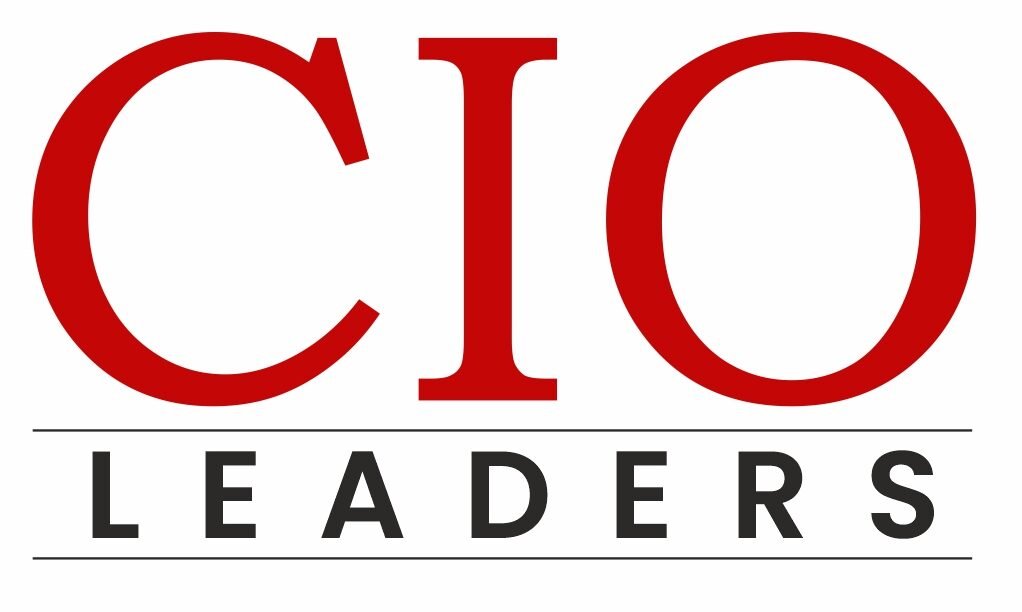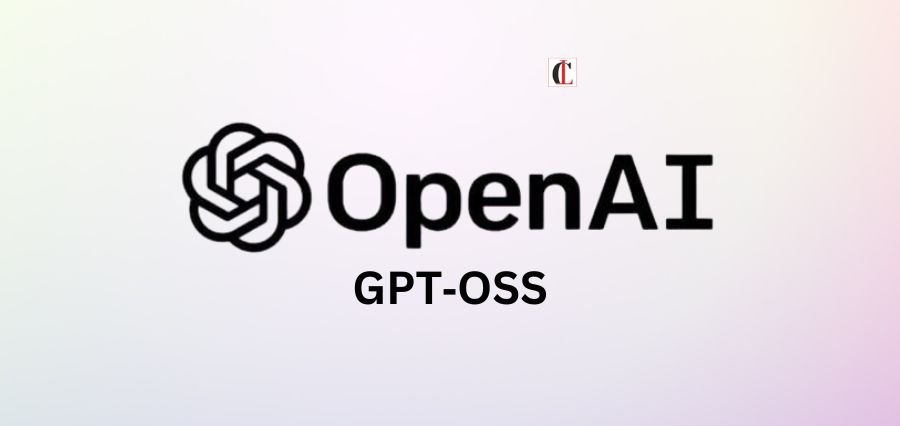Prime Highlights
- OpenAI publishes gpt‑oss‑120b and gpt‑oss‑20b, its initial open-weight large language models following GPT‑2.
- They are comparable or better than earlier proprietary alternatives and are published openly for customizing, deploying, and research.
Key Fact
- The new GPT‑OSS models are Apache 2.0-licensed, allowing commercial use and complete customization.
- They provide local inference, fine-tuning, and sophisticated reasoning capabilities for businesses and developers.
Key Background
OpenAI returned to the open-weight AI market with the introduction of gpt‑oss‑120b and gpt‑oss‑20b, a tremendous shift in its development strategy. It is the firm’s recent open-weight model release since 2019, when it made available GPT‑2. In contrast to its current proprietary models released only through API, these models enable the users to download, examine, and execute locally—on high-performance GPU or even ordinary laptops in the smaller one.
The larger model, gpt‑oss‑120b, utilizes a Mixture-of-Experts (MoE) architecture, activating only 5.1 billion of its 117 billion parameters at a time. This design enables high performance with efficient computational usage. Benchmarks reveal that it competes closely with, or even outperforms, OpenAI’s proprietary o4‑mini model across tasks like coding, general knowledge, math, and healthcare reasoning.
At the same time, gpt‑oss‑20b, more portable and user-friendly, is designed for deployment on consumer-grade platforms with approximately 16 GB of RAM. With reduced footprint, it provides performance comparable to the o3‑mini model, thus making it suitable for developers who want on-device AI without compromising output quality.
Such models support chain-of-thought reasoning, structured output, and tool-use capabilities like code run and web interaction. Flipping between levels of reasoning effort—low, medium, or high—can be done by the users, and they can customize performance for special use cases and latency constraints. Release should promote broader experimentation and creativity within the AI community.
Safety was of utmost priority throughout development. OpenAI weighed the models against possible misuse and determined that there is no indication that they approach harmful levels in cybersecurity or bio-threat scenarios. The models have therefore been certified for general use under open license with the potential for extensive use across enterprise, education, and research environments.
Read Also: GitHub CEO to Developers: Embrace AI or Leave the Coding Profession

